If you are just starting your journey in photography, choosing your first camera may seem like a daunting task. There are countless models on the market with various features, and it is easy to get lost in technical specifications. In this guide, we will go over the main types of cameras, key features to look out for, and optimal price ranges. Additionally, you will receive some tips on camera maintenance, selecting accessories, and improving your photography skills.
Types of Cameras
Before purchasing a camera, it is important to understand the main options available. Compact cameras, also known as point-and-shoot, are small and convenient devices for everyday use. They have a fixed lens and automatic modes, making them an excellent choice for beginners. Mirrorless cameras combine high image quality with portability. They have interchangeable lenses, allowing you to experiment with different shooting styles.
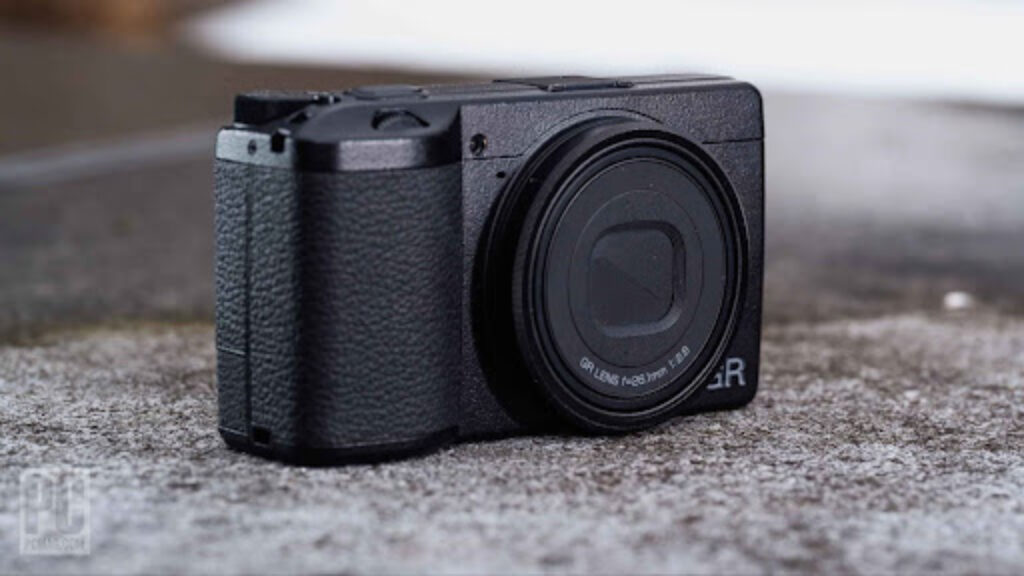
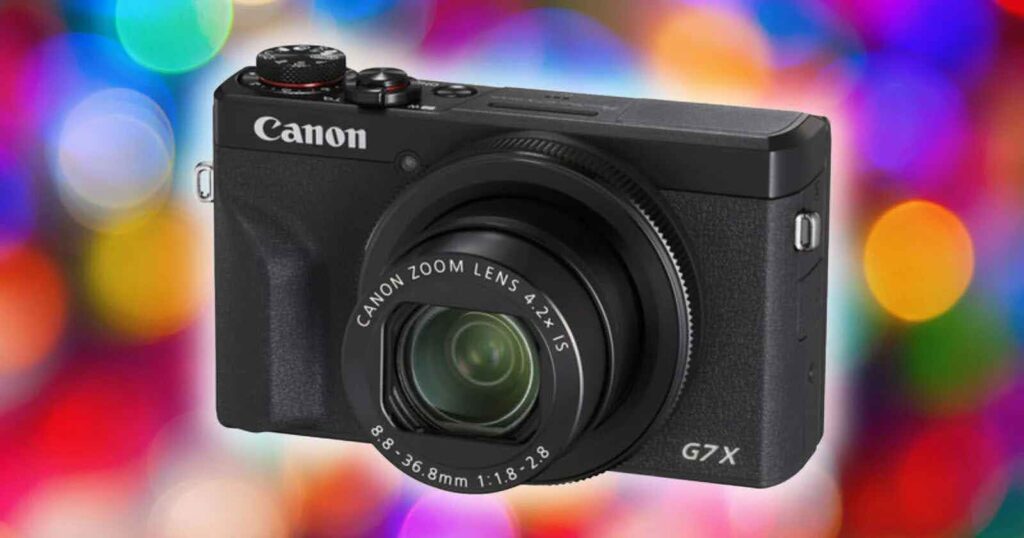
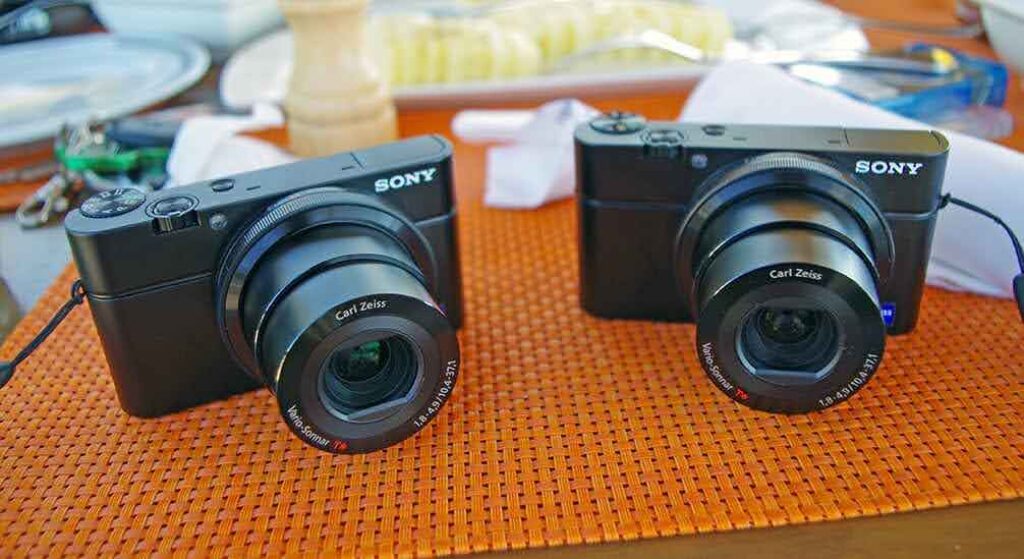
Digital Single-Lens Reflex (DSLR) cameras are a favorite among enthusiasts and professionals. They feature interchangeable lenses, high-quality images, and manual control over settings. If you plan to shoot extreme adventures, then an action camera might be a great fit. It is compact, durable, and impact-resistant, making it perfect for athletes and vloggers.
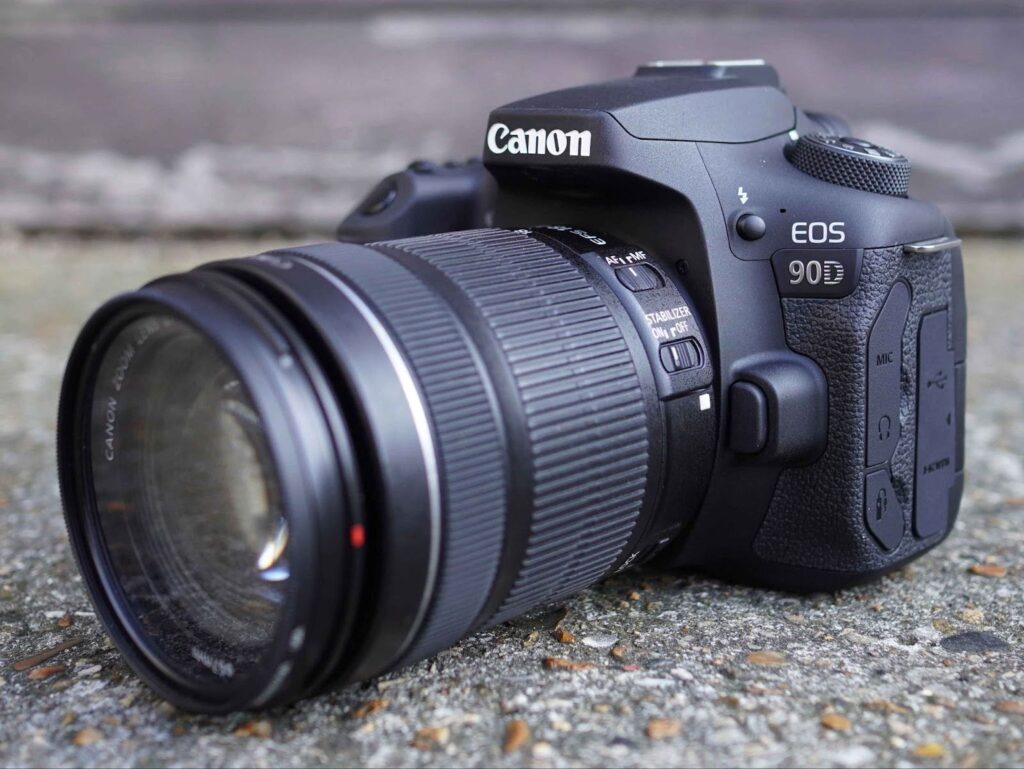
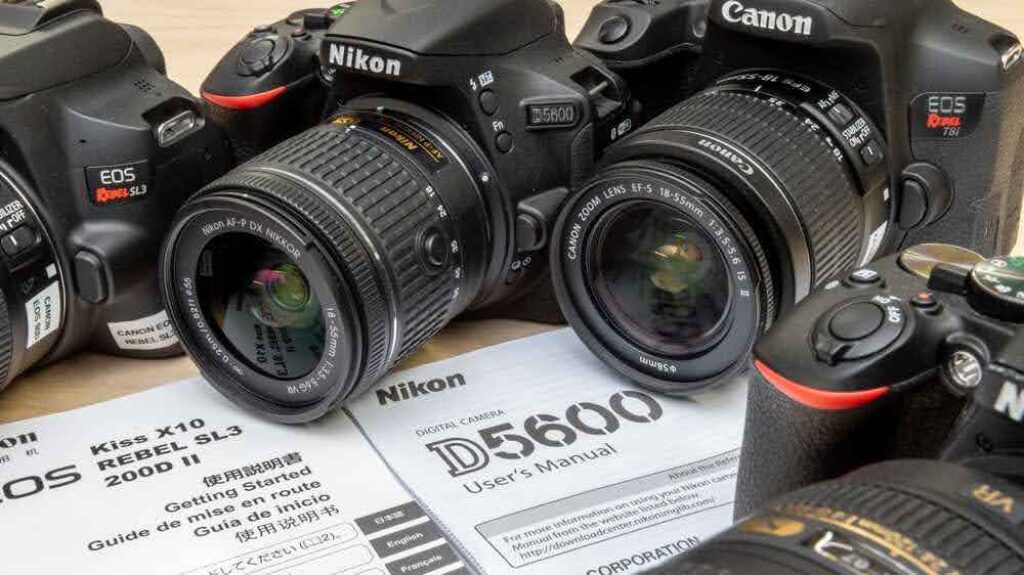
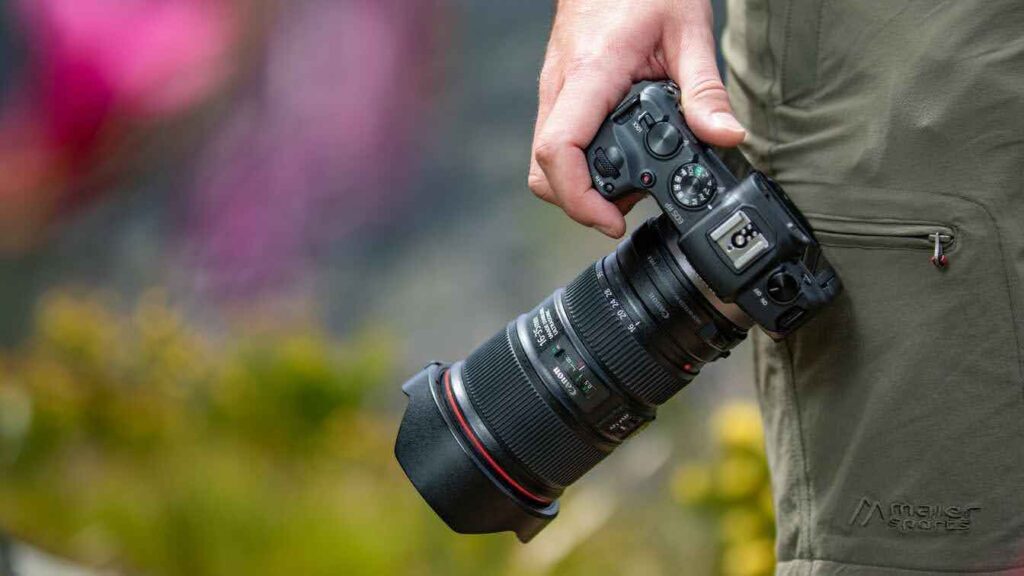
Let’s not forget about smartphones – modern phones are equipped with powerful cameras that can rival some professional models. If you enjoy instant prints, you might consider instant cameras like Polaroid or Instax.


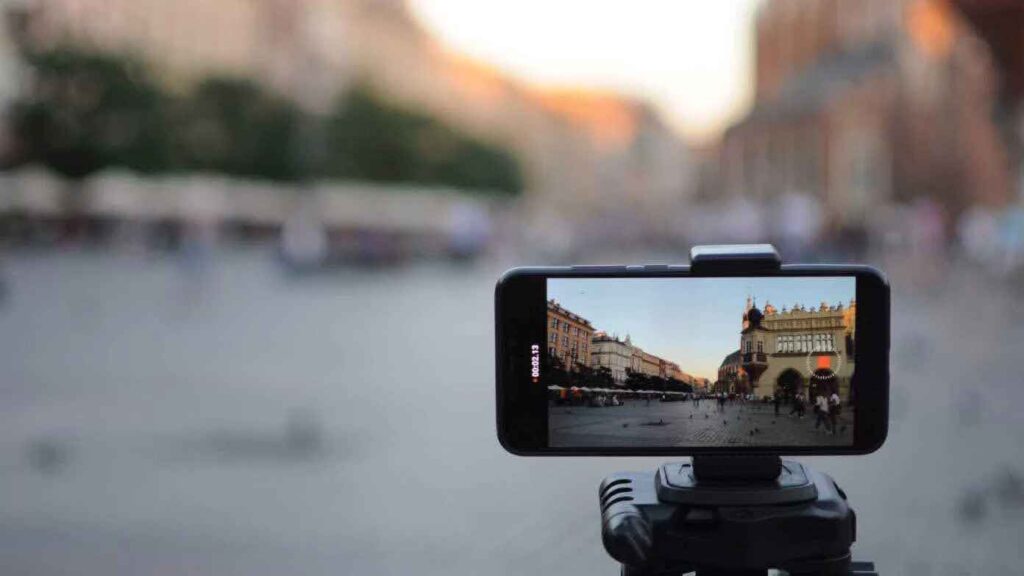
Key Camera Features
When choosing a camera, there are a few important aspects to consider. The sensor plays a key role – the larger it is, the better the image quality, especially in low-light conditions. Resolution also matters, but more megapixels do not always mean better photos. An optimal range is around 16-24 MP, which is more than enough for high-quality shots.
The lens is another crucial element. Fixed lenses work best for portraits, while wide-angle lenses are ideal for landscapes. Image stabilization is also important as it helps avoid blurry shots, especially if you shoot on the move. The speed and accuracy of autofocus are essential, particularly if you are capturing dynamic scenes.
Additional useful features include battery life (the longer it lasts, the better) and video recording capabilities. If you plan to shoot videos, go for a model that supports Full HD or even 4K resolution.
Must-Have Accessories
Apart from the camera itself, some accessories can enhance your photography experience. A tripod helps stabilize your camera, ensuring sharp images even in low-light conditions. If you plan to record videos, an external microphone will significantly improve audio quality. Extra lenses allow you to experiment with different styles, and a quality camera bag or backpack will protect your gear while traveling.
How Much Does a Good Camera Cost?
The price of a camera depends on its features. If you are on a budget, you can find decent compact or action cameras for up to $300. For $300-$800, entry-level mirrorless or DSLR cameras are available, which are great for beginners. If you are looking for something more advanced, mid-range cameras with high-quality optics and autofocus cost around $800-$1,500. Professional models usually start at $1,500 and go up from there.
Tips for Beginners
If you are new to photography, the best way to learn is through practice. Take as many pictures as possible and experiment with composition and lighting. Learn the basics of composition, such as the rule of thirds and leading lines, to make your shots more visually appealing. Editing is also important – even basic adjustments to color and contrast can greatly enhance your photos. Use programs like Adobe Lightroom or Snapseed. Don’t be afraid to try new things – different styles, angles, and post-processing techniques will help you find your unique style. And of course, take advantage of educational resources – today, there are plenty of free courses and tutorials that can help you quickly grasp the fundamentals of photography.
Conclusion
The key to choosing a camera is understanding what you need it for, how much control you want, and how much you are willing to spend. If you are a beginner, mirrorless or entry-level DSLR cameras are a great choice. They allow you to take high-quality photos without diving too deep into complex settings.
Photography is not just about equipment; it’s a way to see the world and express emotions. Don’t be afraid to make mistakes, learn from your shots, and most importantly – enjoy the process. Wishing you creativity and unforgettable photos!




